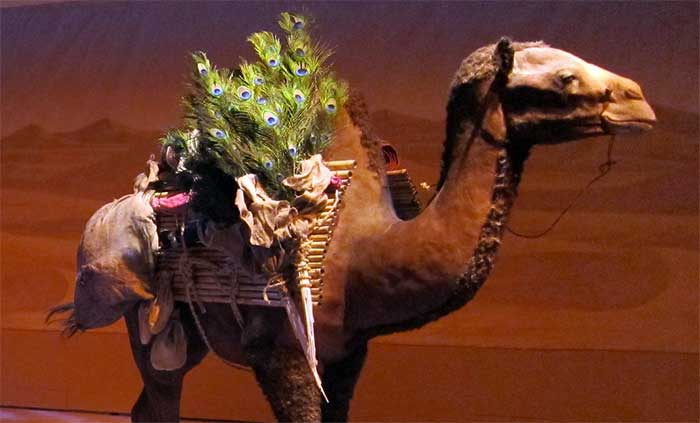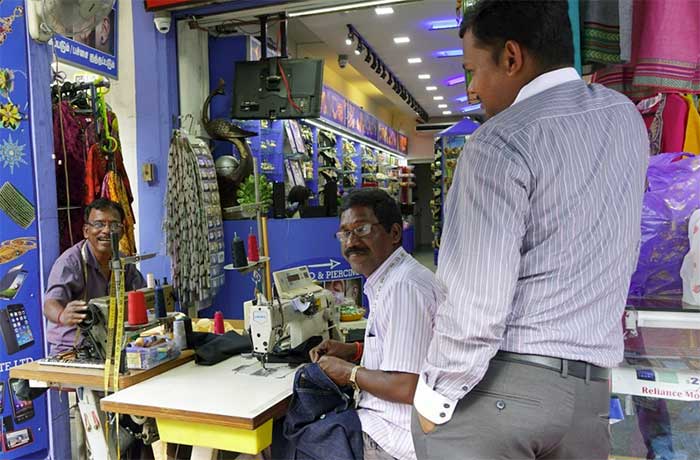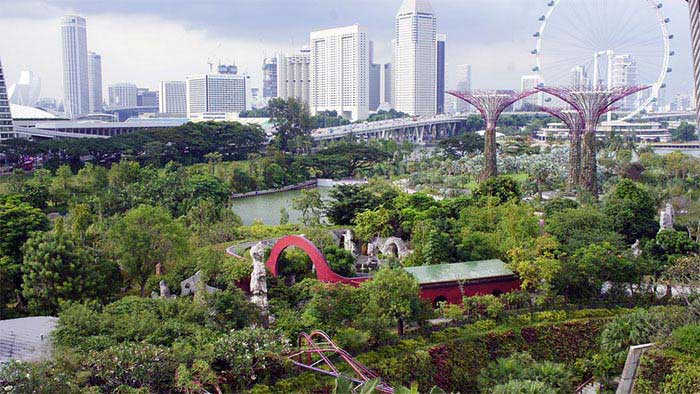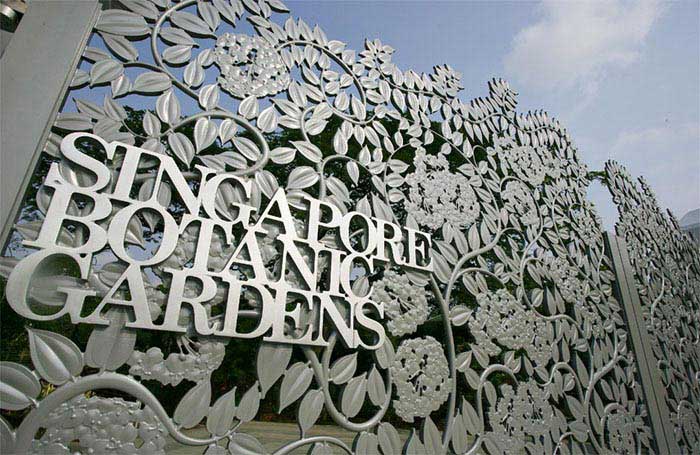Looking for an unusual way to spend your time in Singapore? Here’s a guide to some of the most unique, off-the-beaten-track attractions and local sights. Off the tourist trail, you’ll glimpse an insight into Singaporean culture. Grab your camera and visit the quirkiest places in Singapore.
Haw Par Villa
Created in 1937 by brothers Aw Boon Haw and Aw Boon Par, better known as the inventors of medicinal ointment Tiger Balm, this cultural theme park also used to be known as “Tiger Balm Gardens.” The park depicts scenes from Chinese culture; namely folklore, myths, legends and aspects of Confucianism, and plays them out through using 150 giant dioramas and over 1,000 different statues. Often used to caution children about the consequences of misbehaving, the Ten Courts Of Hell section is worth a visit for the curious, showing gruesome scenes of what you would encounter during a visit. The park on Pasir Panjang Road has its own dedicated MRT station, so you can stop off before a visit to other attractions in town. Entrance is free.
Katong Antique House
If you’re interested in learning more about Peranakan culture, visit Katong Antique House, part museum and part preserved house. The curator and owner Peter Wee has been restoring and acquiring Peranakan items since the 70s, and his family home is chock-a-block with heirlooms, including black and white photographs, delicate beaded slippers, brightly-coloured Nyonya crockery and antique furniture. Visits are by appointment only, with tickets at $15 per person.
German Girl Shrine
Located on rugged offshore island Pulau Ubin, the German Girl Shrine is located a short bike ride from the ferry terminal, near Ketam Quarry. More than 100 years old, the shrine here commemorates an 18-year-old German girl who had lived on the island before WWI. Escaping from the British who had heard of their whereabouts, she tragically fell from a quarry and her body was discovered the next day. Out of respect, her remains were kept a small urn and put in a nearby shrine. Over the years, somehow the German girl has become close to a deity to the Taoist islanders living nearby, and became famous throughout the region, attracting devotees. You can visit the shrine and also pay your respects - remember to remove your shoes before entering.
The Live Tortoise and Turtle Museum
This cute attraction can be found in the serene Chinese Gardens in Jurong. It’s home to over 800 tortoises and turtles, with over 60 different species housed in the museum. Make sure you catch a glimpse of the oldest resident, a 60-year-old Asian pond turtle, and avoid the strong jaws of the aptly-named alligator snapping turtles. Worth a visit is the petting corner, where you can meet some of the tamer species, and buy vegetables for them to munch on. Tickets are $5 per person. Make sure you wander around the beautiful Chinese Gardens afterwards.
Mint Museum of Toys
In the historic Bras Basah neighbourhood, around the corner from Raffles Hotel, is this unique collection of childhood memorabilia. Belonging to private collector Chang Yang Fa, this assortment of over 50,000 vintage toys is lovingly curated into five stories, each floor centred on different themes. Don’t miss the sci fi section on the fifth floor, where you can view a selection of Japanese antique toy robots. This collection is known to be the largest of its kind in South East Asia, and the one-of-a-kind pieces hail from over 40 different countries. Entry is $15 for adults, $7.50 for children.
Bukit Brown Cemetery
For a peaceful way to spend the afternoon, visit the famous Bukit Brown Cemetery, also known as the largest Chinese cemetery outside of China. First developed in the 1920s, the cemetery is the resting place for many famous Chinese Singaporeans, and people of all classes and status. Graves here are often ornately decorated, with beautiful local ceramics and Peranakan tiles, so keep your eye out for these. Left largely dormant since the 70s, the cemetery has become overgrown, but in turn, a rich ecosystem has developed filled with flora and fauna. While you’re here, you might spot threatened local species like the Changeable Hawk Eagle and the Large Flying Fox.




